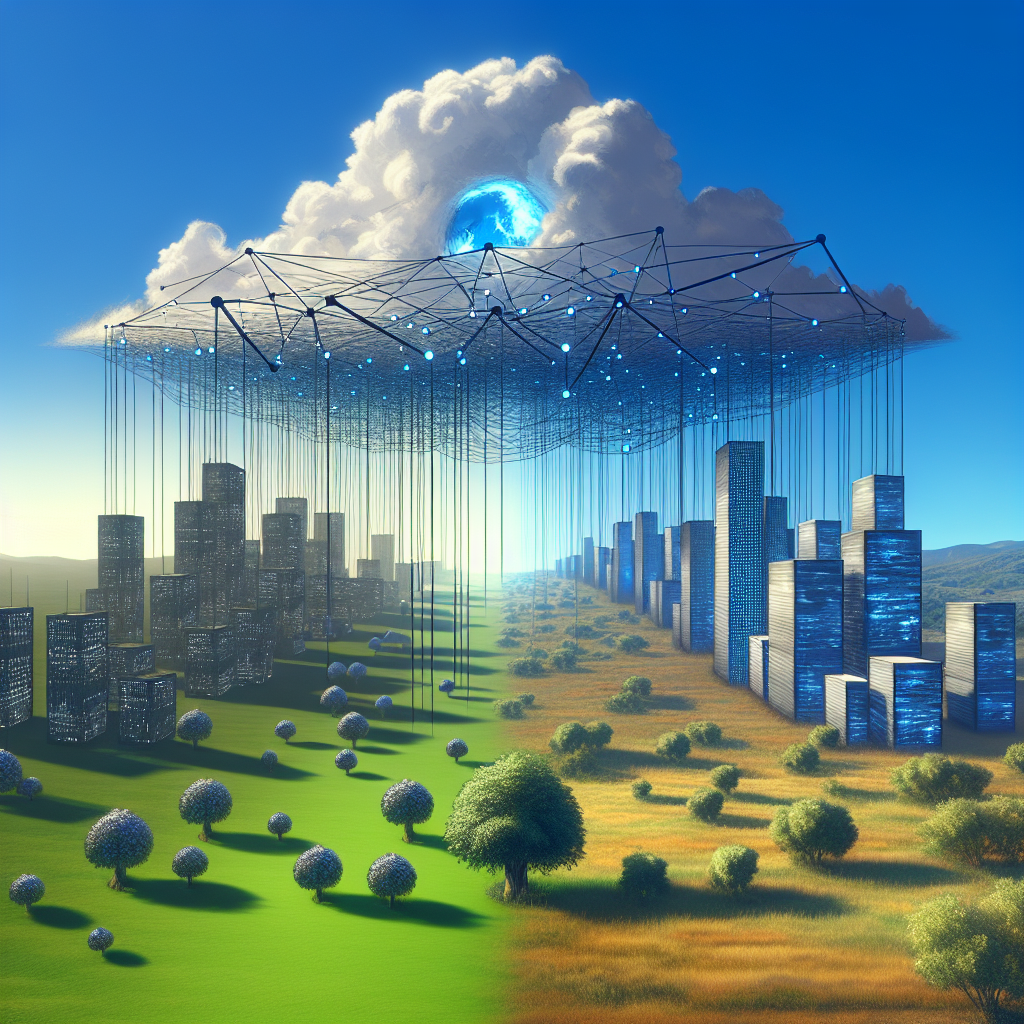
From Berners-Lee's Open Ecosystem to Silicon Valley's 'Plantations
by bernt & torsten
British Computer Scientist Tim Berners-Lee revolutionized the world with the invention of the “World Wide Web” in the late 1980s. Co-constructing and implementing this technology with a group of other specialists provided a means of navigating and accessing documents located anywhere across the Internet. The ingenious structure was placed on one of Cern's internet servers, bearing no sovereign control but transferring data packets across its edges.
Owing to this, the internet became a platform for unpermitted creativity, showcasing an impressive outburst of innovative applications. A noteworthy development was the World Wide Web. Since the web's growth was independent of profit interests, Berners-Lee let it serve as a stage for unrestricted innovation.
The subsequent wave of innovators, including giants such as Google, Apple, Facebook, Amazon, and Microsoft, did not extend creative liberty. They leveraged Berners-Lee's platform, constructing highly lucrative businesses, thus slowly enclosing the Internet's creative commons, similar to the enclosure of agricultural land in England since the 1600s.
Critics Maria Farrell and Robin Berjon point out in their paper in Noema magazine, that the online realm is no longer an open environment but much closer to a 'plantation'. It emerged as a highly concentrated and controlled space, closely related to the oppressive industrial farms.
This transformation has led to the emergence of duopolies, which capture the global technology market. Google and Apple's browsers, Microsoft and Apple's two desktop operating systems, Google’s stronghold over global search, mobile phones predominated by Apple and Samsung, email systems managed by Apple and Google, and domain name systems requests catered to by GoDaddy and Cloudflare are glaring instances of this concentration.
Farrell and Berjon warn that this growing concentration poses a threat to the Internet's original purpose of fostering unrestrained innovation—this is not sustainable, with only two options dominating every sector. Former Google chairman Eric Schmidt's famous comment branding the Internet as 'anarchy' can perhaps be seen in a new light—that of biodiversity.
Applying this hint at a metaphor, they draw a parallel with the ill-fated scientific forestry model adopted in late 18th century Prussia and Saxony. The forests were transformed into neat rows of single-species trees, handled algorithmically, replacing skilled foresters with low-skilled labourers. However, the monochrome model led to an outbreak of pests and diseases. It became evident that the initial profits from the first felling were not recurring but merely the one-time clearance of the ecosystem's natural wealth based on biodiversity and symbiosis.
Drawing from this lesson, Farrell and Berjon emphasize preserving the Internet's inherent diversity as its richness and not as anarchy. They suggest that the Internet's increasingly concentrated and fragile nature equals a monoculture. The essential way forward to revitalize the Internet is by ‘rewilding’ it – suggesting that Silicon Valley may not readily warm up to this proposition.

The Billion-Kronor Man and the Thousand Workers Behind Him
An Ode to Greed, Served With Golden Cutlery
In a land not so far away,...

Why I Wrote a Novel Instead of a Manifesto About AI
I could have written an essay. A whitepaper. A TED-style...

Bring Your Own AI - The Double-Edged Sword of Modern Workplaces
In the bustling corridors of modern corporations, a silent revolution unleashes unprecedented...